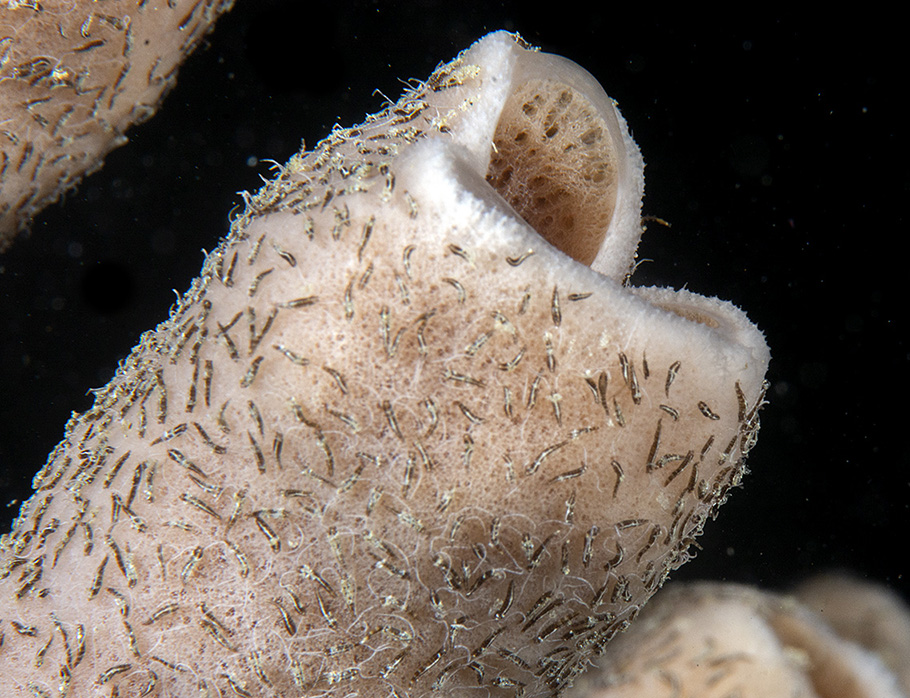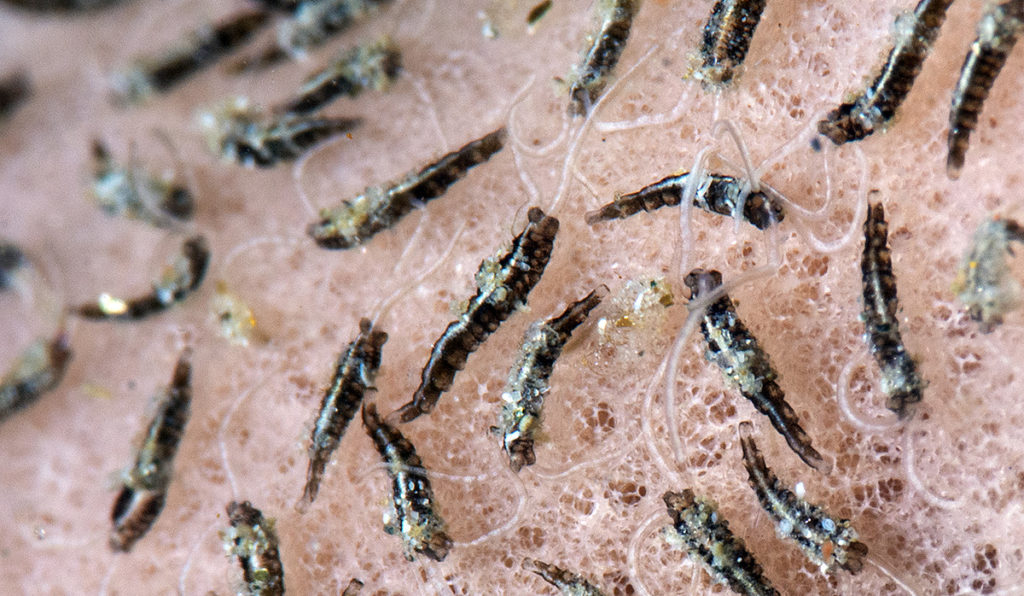Did you know that anemonefish, also known as clownfish, are not only adorable but also fascinating creatures? Dive into the vibrant world of these colorful reef dwellers with our fun facts:

1. Mutual Relationship: Anemonefish have a unique symbiotic relationship with sea anemones. They live in the protective tentacles of the anemones, which provide shelter from predators, while the fish, in turn, bring food to the anemones and remove parasites.
2. Gender-Bending: Anemonefish have the ability to change their gender! When the dominant female dies, the dominant male transforms into a female, and the next in line becomes the new male. It’s an extraordinary adaptation for maintaining a healthy population.

3. Protective Parents: Anemonefish are incredible parents. After laying their eggs on a flat surface close to the anemone, the male diligently guards and aerates them until they hatch. Once the eggs hatch, the parents continue to protect and care for their tiny offspring.

4. Immune to Anemone Sting: Anemones have stinging cells that can harm other fish, but anemonefish have a special mucus coating on their skin that protects them from the anemone’s sting. They can safely navigate through the anemone’s tentacles without getting hurt.

5. Communal Living: Anemonefish are social creatures and often live in small groups called “clans” or “schools.” Within these groups, there is a strict hierarchy, with the largest and most dominant female being the leader.
More about Anemonefishes & other beautiful Indo-Pacific fishes you can find in the photo guide Reef Fishes of the Coral Triangle











































